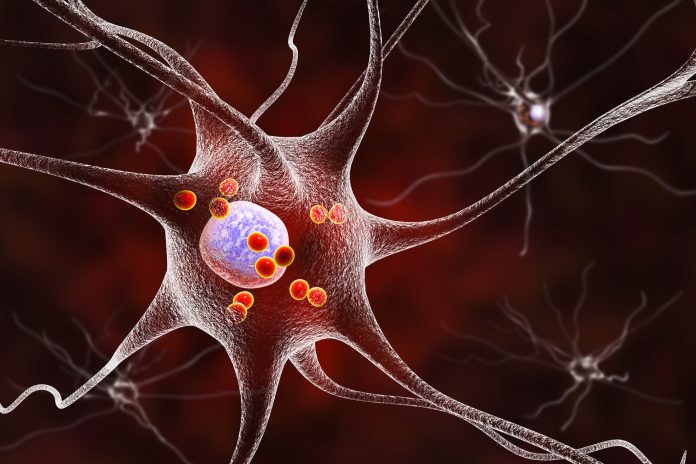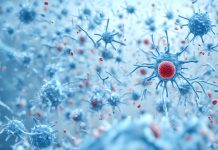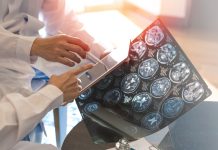Researchers have found a new method to distinguish between Dementia with Lewy Bodies (DLB) and Alzheimer’s Disease (AD) using vocal emotional expressions
The study, conducted by scientists in Japan, suggests that analysing the way patients read aloud can reveal significant differences between these two common neurodegenerative dementias.
Diagnosing dementia: Lewy Bodies (DLB) and Alzheimer’s Disease (AD)
DLB, which affects up to 22.8% of people with dementia, is often misdiagnosed as AD due to overlapping symptoms. However, this new research highlights distinct patterns in the vocal expressions of DLB patients, providing a potential tool for more accurate and earlier diagnosis.
The study involved 152 older adults, including those with DLB, AD, and cognitively unimpaired (CU) individuals. Participants were asked to read aloud from a picture book while their voices were recorded and analysed for emotional prosody, which refers to the rhythm, stress, and intonation of speech.
Researchers found that DLB patients exhibited significantly reduced emotional expressiveness compared to both AD patients and CU individuals. Specifically, their speech was characterised by lower valence (more negative) and lower arousal (calmer). These vocal changes were linked to cognitive impairment and atrophy in the insular region of the brain, which is crucial for emotional processing.
Using machine learning to diagnose DLB from AD
The research also showed that machine learning models using these vocal features could effectively distinguish DLB from AD and CU individuals.
The models achieved impressive accuracy, with an area under the receiver operating characteristic curve (AUC) of 0.83 for DLB versus AD and 0.78 for DLB versus CU. This performance exceeds traditional clinico-demographic measures.
This advancement is particularly significant because it offers a non-invasive, cost-effective screening tool that can be used even in primary care settings.
Early and accurate diagnosis of DLB is crucial as it progresses faster than AD and has a broader range of symptoms, necessitating different care strategies.
With further research, this approach could be integrated into large-scale screening and monitoring programs, offering a new avenue for research and treatment of neurodegenerative diseases.
This research, supported by the Japan Society for the Promotion of Science, shows the potential of digital health technologies in transforming dementia care.








